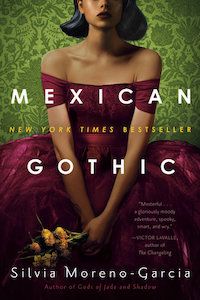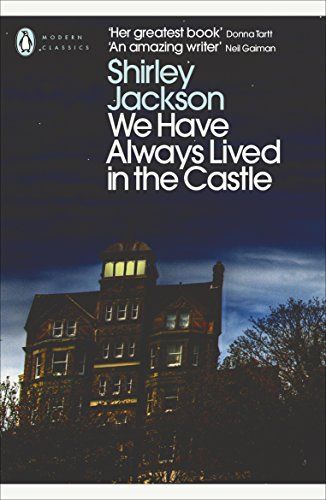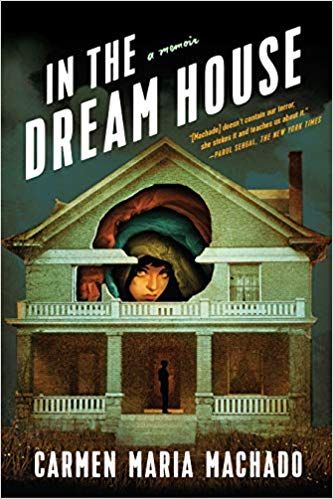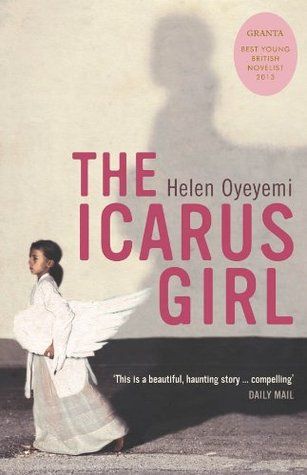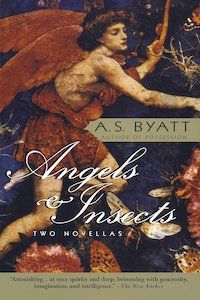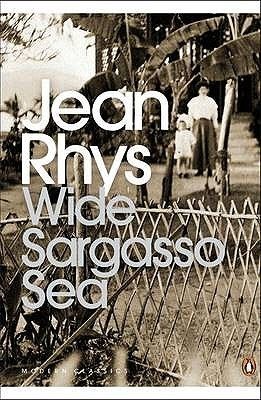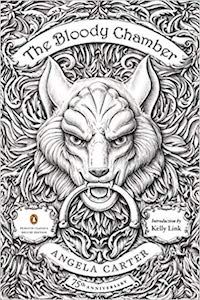Some of these titles are classics, most are new, and each have that spine tingling feeling you get when reading Rebecca. So here we are, folks: what to read after reading Rebecca.
Our main character, Noemi, is a young socialite who’s sent to investigate the strange letters her father has been receiving from her cousin. Her cousin, who was recently married off, is experiencing an odd illness, and the family she married into might be poisoning her.
Moreno-Garcia has a gift. I actually finished this book in one sitting; I could not put it down.
Slowly but surely, Shirley teases out the family’s mysterious past, and also what their newest visitor’s true intentions are.
This is a wonderful text that turns the traditional gothic novel inside out, and then flips it upside down for good measure. The house is both a space of immense trauma, but also safety. Rather than dragging the characters off to dangerous locations, Charles merely disrupts their lives slightly. Truly a great read.
A young couple and their child move into a new apartment that happens to be built right next to a graveyard. Mysterious and terrifying things begin to happen, and the neighbors start to move out until the family is left all alone. The longer you stay in the apartment building, the more trapped you become.
This is a personal favorite of mine, and I think it’s one of the most spectacular books ever written. But don’t take my word for it: the author, Jewelle Gomez, won two Lambda Awards for this book.
In The Dream House confronts how queer domestic abuse is talked about in the public sphere, by telling us about Machado’s own abusive relationship. Machado operates on two spheres, one the academic, charting and archiving the history of queer abuse, and two, the survivor, telling us her story in a way so personal and so powerful that it defies being confined to one genre.
This is a hard read, but one that everyone should experience at some point. Machado’s way of writing makes it a wonderfully crafted piece. I also recommend her first book, Her Body and Other Parties, which also fits the gothic vibe.
Oyeyemi draws on Nigerian mythology for this amazing text.
Catherine Morland visits the town of Bath and enters into a courtship with the suave Henry Tilney. The two of them bond over their mutual love of gothic novels, citing Radcliffe’s Mysteries of Udolpho as a favorite (in the Wishbone adaption, Henry is played by Wishbone). Unfortunately, Catherine’s wild imagination gets the better of her, and she begins to suspect Henry’s father is secretly a gothic villain.
This book is the most fun I’ve ever had with Austen. Perhaps a palate cleanser in between Rebecca and another text on this list?
Taking place in victorian England, Byatt interweaves science, magic, and the domestic with brutality. In Morpho Eugenia, a naturalist studying butterflies finds himself caught in the web of his benefactor. In the Conjugal Angel we follow a seance. It’s all very spooky and wonderful.
This novel, set in Jamaica, follows a woman named Antoinette, whose formerly wealthy family has become impoverished due to the Slavery Abolition Act of 1833. Antoinette marries an English gentleman who slowly drives her to madness by taking away her humanity bit by bit.
Within this anti-colonialist and feminist response, Rhys crafts a compelling character in Antionette. I cannot recommend this book enough.
Most of the stories are about feminist retellings of classics, in which marriage is interrogated and the characters’ husbands are seen as being the ultimate gothic trap.



